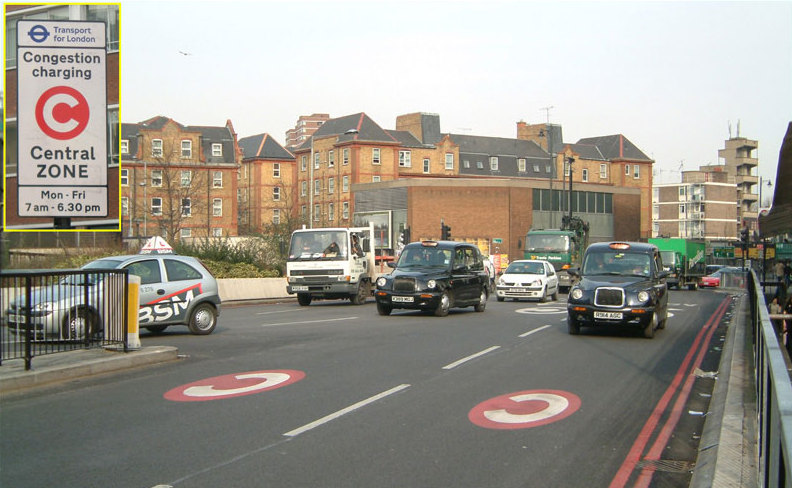Flying cars, robocars and more will rewrite the rural landscape, for good and ill
Submitted by brad on Mon, 2018-11-26 12:15How and where we live is governed most by transportation, and all the new mobility technologies are poised to cause big changes. Today, I want to look at the following technologies and how they will affect life outside the city. In many case, they will come last to the country, but in other cases, they may come first.







 He hoped for solar charging, but most hikers like to hike under cover away from the burning sun. The robot probably wants to be electric since nobody wants a loud engine on a pack robot on the trail. That's a problem.
He hoped for solar charging, but most hikers like to hike under cover away from the burning sun. The robot probably wants to be electric since nobody wants a loud engine on a pack robot on the trail. That's a problem.
